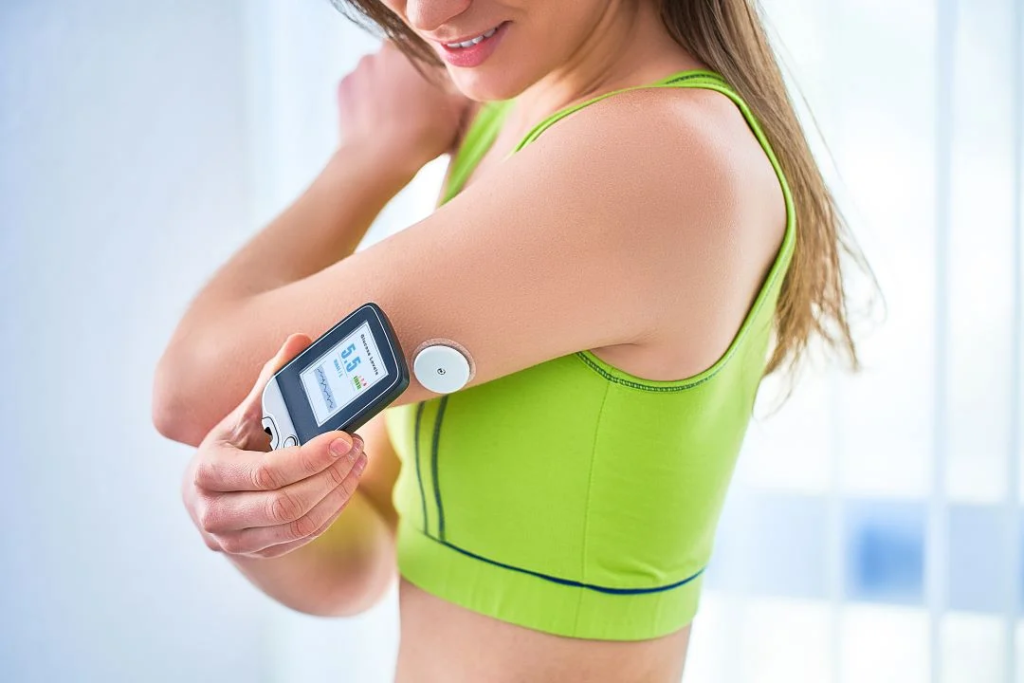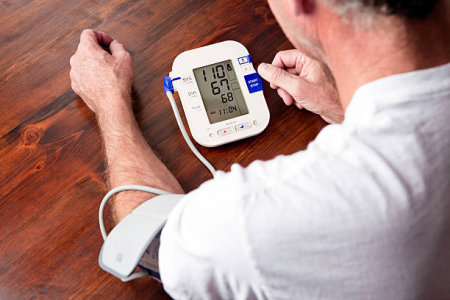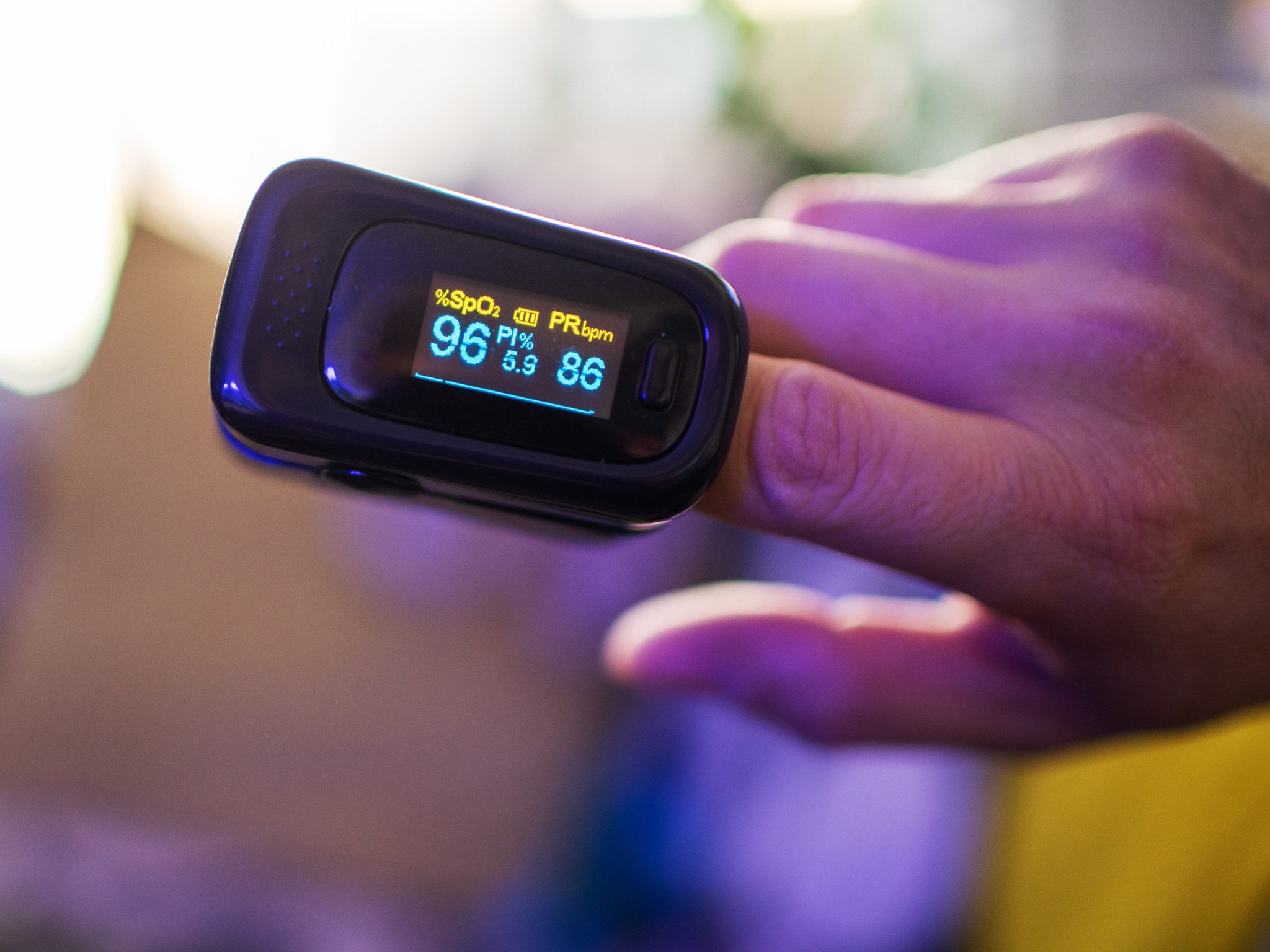Remote patient monitoring, RPM devices have become invaluable tools for both IT experts and hands-on patient care providers within healthcare organizations. These solutions not only streamline tasks but also empower patients to take a proactive role in managing their health conditions and treatment.
Patients are not clinically aware of their health conditions but definitely can monitor their health through the effective use of RPM devices and also have the roving eye of a telehealth nurse who can monitor them for any health adversities that need immediate attention.
Given the numerous benefits, it comes as no surprise that a significant portion of healthcare providers have already made investments in or are currently exploring remote patient monitoring devices.
Similar to how personal relationships are nurtured through smartphones and other digital medical devices, care teams can now strengthen their bonds with patients by exchanging health data using RPM systems. This exchange of information fosters increased patient engagement and knowledge, ultimately leading to improved health outcomes.
By leveraging RPMs, healthcare professionals can enjoy enhanced efficiency and effectiveness in their roles, while patients can gain a better understanding of their conditions and make more informed decisions about their healthcare. The integration of remote patient monitoring devices into healthcare workflows marks a promising step forward in healthcare delivery and patient-centered care.
RPM: More than a medical device
Picture the ability to remotely observe, report, and analyze the health conditions of patients, no matter where they are. Thanks to remote patient monitoring devices, clinicians and program directors can now achieve this in real-time.
Whether patients have diabetes, high blood pressure, atrial fibrillation, dementia, or need monitoring during pregnancies or weight loss programs, remote patient monitoring devices empower them to provide updates on vital signs and their environment from the comfort of their own homes or workplaces.
These devices include a wide range of options such as Fitbits, wearable heart monitors, Bluetooth-enabled scales, glucose monitors, skin patches, shoes, belts, and maternity care trackers. They gather, transmit, process, and store patient data, enabling clinicians to access the information whenever required.
Commonly Used RPM Solutions
-
Blood Pressure Monitor
Blood pressure monitors are used to measure a patient’s blood pressure levels. These devices typically consist of an inflatable cuff that is wrapped around the upper arm or wrist and a digital display that shows the blood pressure readings. Some blood pressure monitors are equipped with Bluetooth or Wi-Fi connectivity, allowing the data to be transmitted to healthcare providers for remote monitoring. They are commonly used to monitor patients with hypertension, cardiovascular diseases, or those at risk of developing these conditions.
-
Continuous Glucose Monitor
CGMs are designed to monitor and track glucose levels in individuals with diabetes. These devices use a tiny sensor placed under the skin to measure glucose levels in the interstitial fluid. The data is then transmitted to a receiver or smartphone application, providing real-time glucose readings, trend information, and alerts for high or low glucose levels. CGMs help patients manage their diabetes by providing valuable insights into glucose fluctuations, aiding in medication adjustments, and reducing the need for frequent finger stick tests.
-
Anticoagulation Testing Device
Anticoagulation testing devices, also known as INR (International Normalized Ratio) monitors, are used by patients on anticoagulant medication such as warfarin. These devices allow patients to monitor their blood clotting ability at home. By performing a fingerstick blood test and applying the sample to a test strip, the device provides an INR result. This information helps patients and healthcare providers manage and adjust the dosage of anticoagulant medication, reducing the risk of bleeding or blood clots.
-
Heart Rate Monitors
Heart rate monitors track a patient’s heart rate and can provide insights into their cardiovascular health. These devices are often worn on the wrist or chest and use sensors to detect and measure the heart’s electrical signals or pulse. Heart rate monitors can be useful for athletes and individuals engaged in fitness activities to monitor their exercise intensity. They are also used in clinical settings to monitor patients with cardiac conditions, assess heart rate variability, or detect abnormal heart rhythms.
-
Oximeters
Oximeters, also known as pulse oximeters, measure the oxygen saturation levels in a patient’s blood. These devices typically clip onto a fingertip, toe, or earlobe and use light sensors to detect the amount of oxygen carried by red blood cells. Oximeters also provide heart rate readings. They are commonly used in medical settings to monitor patients with respiratory conditions, sleep apnea, or during surgeries. Oximeters can also be used by athletes at high altitudes to monitor oxygen levels during training or competition.
-
Medical Alert Systems
Medical alert systems are designed to provide emergency assistance to individuals, especially those who are elderly, have chronic conditions, or are at risk of falls or emergencies. These systems usually consist of a wearable pendant or wristband with a button that, when pressed, triggers a call for help to a monitoring center or designated contacts. Medical alert systems offer peace of mind to patients and their families by ensuring prompt medical assistance in case of emergencies or when immediate help is required.
-
Maternity Care Monitoring
Maternity care monitoring devices are used to track the health and well-being of pregnant women and their unborn babies. These devices can include wearable monitors that track maternal vital signs, fetal heart rate monitors, contraction monitors, and devices to monitor uterine activity.
-
Postnatal Care Monitors
Postnatal care monitors are used to monitor the health of women after childbirth. These devices can include blood pressure monitors, heart rate monitors, and devices to monitor body temperature or wound healing.
RPM devices alleviate stress and streamline healthcare for various patients, allowing specialists to perform their duties more effectively, efficiently, and joyfully. A patient’s family is at peace when they know that their loved one’s health is monitored round-the-clock and any risk can be addressed effectively and in less turnaround time with the aid of RPM devices.
It is about time healthcare units adopt a robust RPM program for their patients and reduce the chances of repeat admissions with better patient outcomes.






